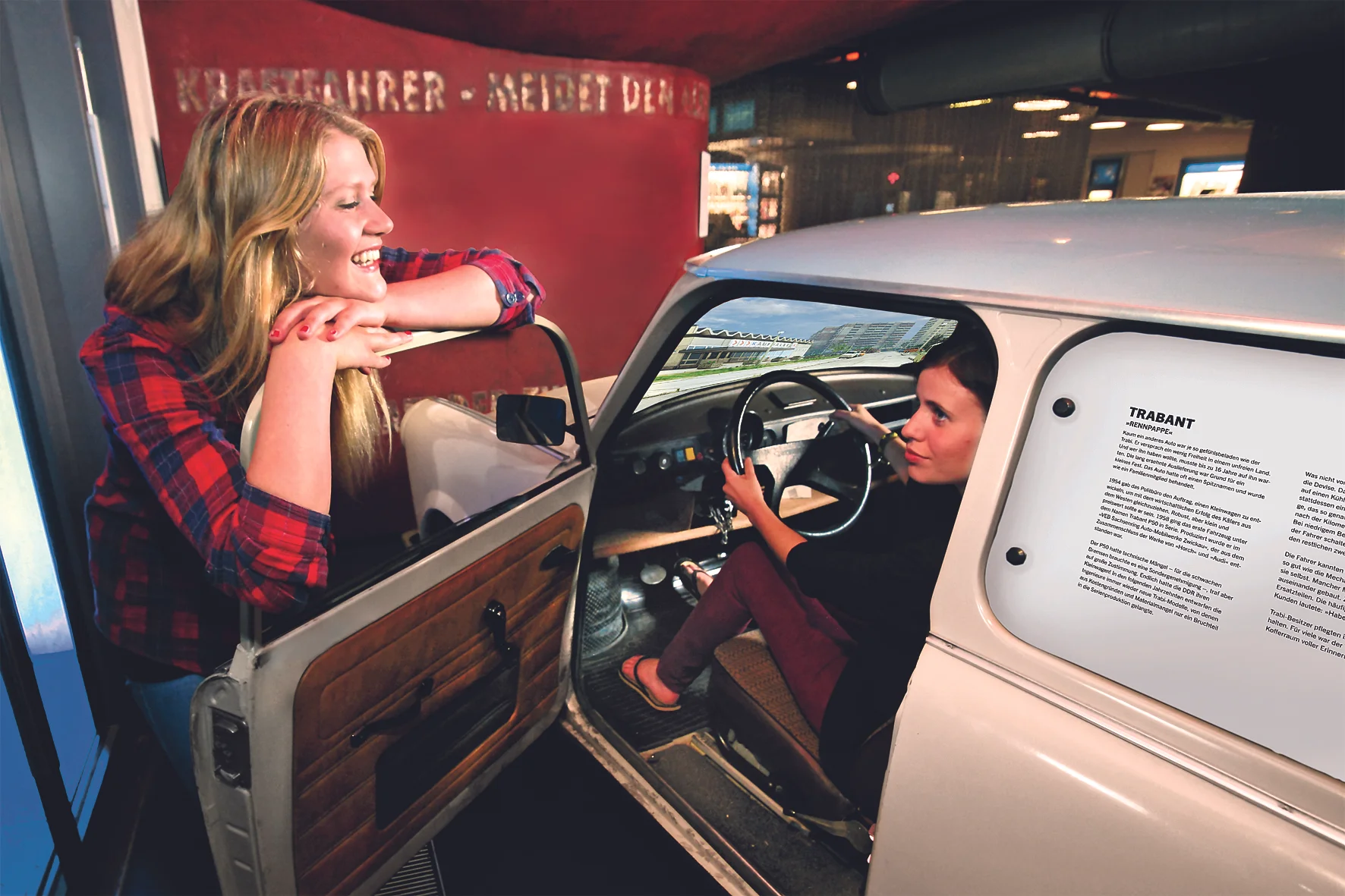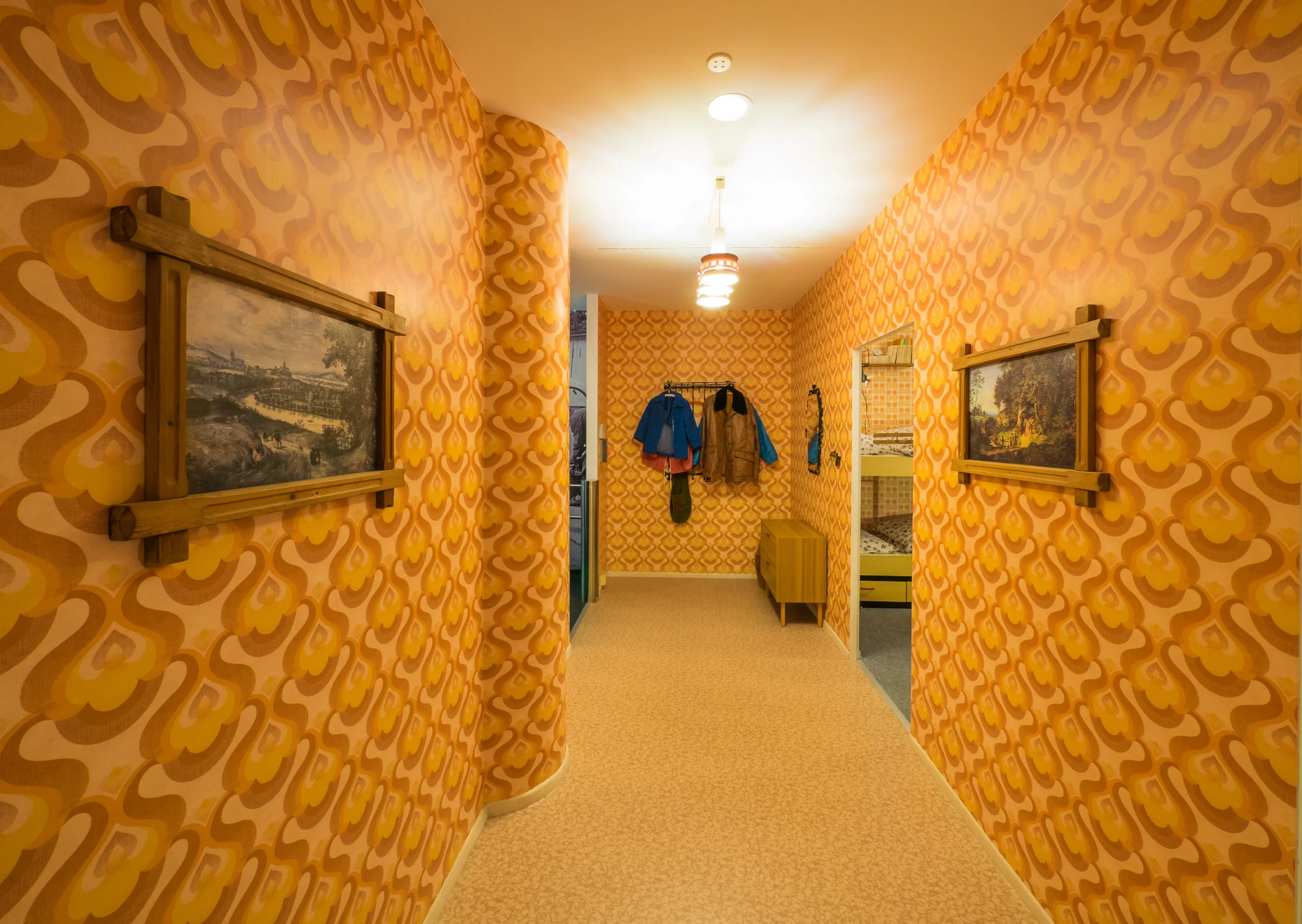Hands-On History Lesson at Berlin's DDR Museum
© DDR Museum, Berlin 2017
When several sections of the Berlin Wall were opened in November 1989, allowing thousands of East Germans to enter West Germany for the first time, the call for a reunified Germany could no longer be ignored.
On Oct. 3, 1990 — now celebrated as Reunification Day — the five states of the eastern German Democratic Republic (DDR) officially joined the western Federal Republic of Germany (BRD) to become one country again.
East Germany was referred to as a satellite state of the Soviet Union. Once it was no longer on its own, bits and pieces of the DDR were unraveled to paint a colorful picture of what life in the socialist state must have looked and felt like.
A museum located in the heart of Berlin is dedicated to the history of East Germany. Opening its doors in 2006, the DDR Museum has attracted visitors who are eager to learn more about the former communist country.
The exhibition space was enlarged to make room for the increasing number of visitors. That gave the museum the chance to present a picture of daily life in East Germany, and to put a much-needed focus on its structures and the terror of the regime.
The Stasi (the Ministry for State Security), established in 1950, was responsible for Western espionage and domestic surveillance, as well as suppression following even the smallest hint of opposition. The public surveillance was based on a giant network of informants — voluntarily, paid or forced.
The museum shows how, in its 40 years of existence, the Stasi convicted around 250,000 people for political reasons — some were given long prison sentences; others were sentenced to die.
Visitors are invited to enter a prison cell or sit in an interrogation room in which convicted offenders were often questioned for many hours.
Another section is dedicated to the border areas of East Germany and the hundreds of people killed as they tried to escape. The inner-German border spanned 1,378 kilometers and serves as one of the most prominent reminders of the German separation — as well as, of course, the Berlin Wall.
© DDR Museum, Berlin 2017
The eastern side was “protected” by watchtowers, mines, signal fences and automatic weapons. Guards on duty had strict orders to shoot anyone trying to escape. Even though East Germans knew of this regulation, many of them weren’t intimidated enough to not give it a go: different methods of escape ranged from using hot air balloons to hiding in car boots and digging tunnels.
The media in East Germany included 39 newspapers, two TV channels and four radio stations but only one opinion was allowed. The chief editors of media outlets had to attend a meeting each Wednesday, where they were briefed by the DDR Central Committee on linguistic relations, and more importantly, given content directives, which they needed to follow before they could publish.
In stark contrast to the bleak atmosphere of spies, control and secrecy, the museum reveals that even though 16 million people were living under a dictatorship, they adjusted to the situation and still found ways to enjoy life.
East Germans were very sporting and the DDR produced many successful athletes. They also famously were supporters of naturism. The museum suggests that nude sun bathing and swimming — a very common activity — was one way of resistance to the conformity of the DDR.
Among other highlights of the exhibition is a small cinema, an original Trabant — a car produced in East Germany that enjoys cult status nowadays — as well as an authentic DDR flat as it looked in the numerous concrete slab buildings. Here, as with many other parts of the exhibition, visitors can take a peek into the drawers, open cupboards and rummage through the wardrobe.
The majority of the exhibits were donations from private households, most of which had been preserved by former owners for posterity, and have now found a new home in the museum, often conveying a sense of what the Germans call “Ostalgie” — a sense of nostalgia for the supposed delights of the DDR.
What makes a visit to the exhibition so appealing is the fact that it is highly entertaining thanks to its interactive and playful approach.
By being able to actually use and touch the objects, rather than looking at information boards and items sitting in a glass shelf, the exhibition comes alive and delivers a hands-on, unique experience of history.
This, however, at the same time means that the museum is extremely crowded on the weekends. Even on weekdays, the exhibition space can be quite crammed. But luckily, this remains the only downside of the DDR Museum.
This article was first published on September 5, 2012 in the Jakarta Globe newspaper.


